Related Research Articles

A governess is a woman employed as a private tutor, who teaches and trains a child or children in their home. A governess often lives in the same residence as the children she is teaching. In contrast to a nanny, the primary role of a governess is teaching, rather than meeting the physical needs of children; hence a governess is usually in charge of school-aged children, rather than babies.
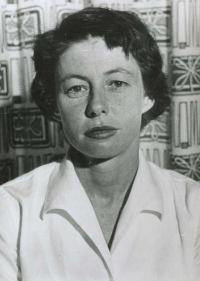
Thea Beatrice May Astley was an Australian novelist and short story writer. She was a prolific writer who was published for over 40 years from 1958. At the time of her death, she had won more Miles Franklin Awards, Australia's major literary award, than any other writer. As well as being a writer, she taught at all levels of education – primary, secondary and tertiary.

Australian literature is the written or literary work produced in the area or by the people of the Commonwealth of Australia and its preceding colonies. During its early Western history, Australia was a collection of British colonies; as such, its recognised literary tradition begins with and is linked to the broader tradition of English literature. However, the narrative art of Australian writers has, since 1788, introduced the character of a new continent into literature—exploring such themes as Aboriginality, mateship, egalitarianism, democracy, national identity, migration, Australia's unique location and geography, the complexities of urban living, and "the beauty and the terror" of life in the Australian bush.
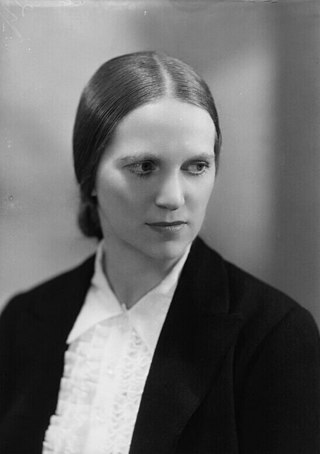
Ethel Edith Mannin was a popular British novelist and travel writer, political activist and socialist. She was born in London.

James "Jim" Moloney is an Australian children's author. A prolific writer whose books span an age range from seven- to seventeen-year-olds, he is best known for his young adult novels. He has been nominated and won awards for his books in the Children's Book Council of Australia Awards. His books have been translated into French, Korean, Lithuanian and Flemish/Dutch.
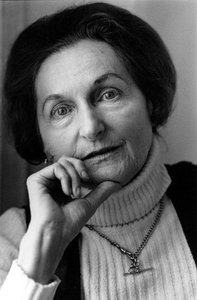
Jessica Margaret Anderson was an Australian novelist and short story writer. Born in Gayndah, Anderson lived the bulk of her life in Sydney apart from a few years in London. She began her career writing short stories for newspapers and drama scripts for radio, especially adaptations of well-known novels. Embarking on her career as a novelist relatively late in life - her first novel was published when she was 47 - her early novels attracted little attention. She rose to prominence upon the publication of her fourth novel, Tirra Lirra by the River, published in 1978. Although she remains best known for this work, several of her novels have garnered high acclaim, most notably The Impersonators (1980) and Stories from the Warm Zone and Sydney Stories (1987), both of which have won awards. She won the Miles Franklin Literary Award twice, and has been published in Britain and the United States. Jessica Anderson died at Elizabeth Bay, New South Wales in 2010, following a stroke. She was the mother of Australian screenwriter Laura Jones, her only child.

Tasmania, for its size and population, has a flourishing literary culture. Its history offers an eventful literary background with visits from early explorers such as the Dutchman Abel Tasman, the Frenchmen Bruni d'Entrecasteaux and Marion du Fresne and then the Englishmen Matthew Flinders and George Bass. Colonisation coincided with deteriorated relations with indigenous Aboriginal people and a harsh convict heritage. These events in Tasmanian history are found in a large number of colonial sandstone buildings and in place names. Environmentally, the landscapes and changeable weather provide a vivid literary backdrop. Tasmania's geographical isolation, creative community, proximity to Antarctica, controversial past, bourgeoning arts reputation, and island status all contribute to its significant literature. Many fiction and non-fiction authors call Tasmania home, and many acclaimed titles are set there or written by Tasmanians. The journal of letters Island magazine appears quarterly. Tasmania's government provides arts funding in the form of prizes, events and grants. Bookshops contribute book launches and other literary events. Tasmania's unique history and environment gave rise to Tasmanian Gothic literature in the 19th century.
The Nan Chauncy Award is an Australian children's literature award. It was initially established as a quinquennial award and is now presented biennially in the Children's Book Council Awards.

Nan Chauncy was a British-born Australian children's writer.
Tangara may refer to:
Violet Vivian Stuart was a British writer from 1953 to 1986. She published under different pen names: her romantic novels as Vivian Stuart, Alex Stuart, Barbara Allen, Fiona Finlay, and Robyn Stuart, her military sagas as V.A. Stuart, and her historical saga as William Stuart Long.
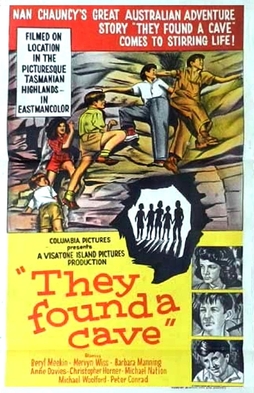
They Found a Cave is a 1962 Australian children's adventure film directed by Andrew Steane. The film was originally made from a book by the same name by author Nan Chauncy. In 2010, a company called Argosy Films, set up a website to find the production crew and actors/actresses of They Found a Cave and Bungala Boys for the 50th anniversary.
Margaret Dawn Hamilton was an Australian children’s literature publisher who served as the National President of the Children’s Book Council of Australia from 1991 to 1992 and as a National Board Member until April 2017 when she formally retired. She also published seven books.
This article presents a list of the historical events and publications of Australian literature during 1900.
This article presents a list of the historical events and publications of Australian literature during 1957.

The Crooked Snake (1955) is the first novel by Australian author Patricia Wrightson. The book was illustrated by Margaret Horder. It won the Children's Book of the Year Award: Older Readers in 1956.

Devil's Hill (1958) is a novel for children by Australian author Nan Chauncy, illustrated by Geraldine Spence. It was joint winner of the Children's Book of the Year Award: Older Readers in 1959.
Tangara (1960) is a novel for children by Australian author Nan Chauncy, illustrated by Brian Wildsmith. It won the Children's Book of the Year Award: Older Readers in 1961. It was published in America in 1962 under the title The Secret Friends.
Robyn Marie Sheahan-Bright is an Australian author, editor and publisher of, and on, children's literature and publishing itself.
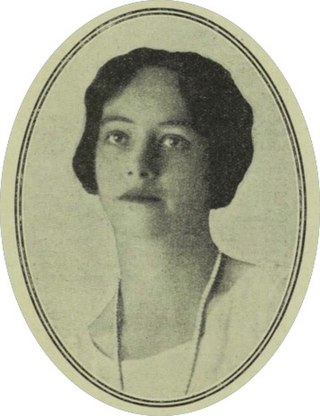
Margaret Horder was an Australian artist and children's book illustrator. She is best known for illustrating books by Joan Phipson, Patricia Wrightson and Nan Chauncy.
References
- ↑ Austlit - Tiger in the Bush by Nan Chauncy
- ↑ "Women's Letters: Sydney", The Bulletin, 79 (4091), John Haynes and J.F. Archibald: 54, 1958-07-09, ISSN 0007-4039
- ↑ "Relationships to the Bush in Nan Chauncy’s Early Novels for Children" by Susan Sheridan and Emma Maguire, JASAL, Vol. 14, No. 3, 2014